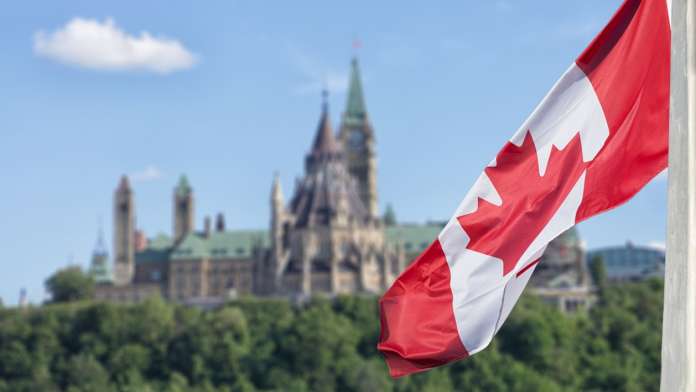The quiet development of private healthcare in Canada will eventually reduce outbound medical tourism, says medical travel analyst Ian Youngman.
For decades, national and provincial governments in Canada have been strongly opposed to private healthcare and even individual health insurance. The mantra has been that healthcare should only be state provided, with private healthcare and insurance being both dangers to that provision as they can tempt medical staff away from state healthcare.
However, Canada’s system has been failing for years. Four decades of brutal spending cuts by provincial and federal governments, followed by three years of the response to the COVID-19 pandemic, have left Medicare on life support. Successive waves of COVID-19 have combined with other epidemic diseases like respiratory syncytial virus and the flu to create a ‘tripledemic’ overwhelming hospitals and pushing more and more scheduled procedures onto waiting lists.
Governments across Canada are using the collapse of the public health care system to now quietly open the door for partial privatisation.
Ontario has announced that for-profit clinics will permanently be handed 50% of surgical procedures. The list will initially include minor surgeries as well as diagnostic procedures, before expanding to knee and hip replacement surgeries by 2024. This is addressing Ontario’s significant backlog of surgeries, which hit one million by mid-2022.
The Québec government announced a healthcare reform last year that will increase the number of surgeries performed in private clinics from 14% to 20%.
British Columbia has handed CA$393 million (US$293 million) worth of contracts to private clinics over the past six years, mainly for less complex and more profitable procedures.
The Alberta Surgical Initiative will double the number of medical procedures done by private clinics, funnelling CA$133 million (US$99 million) over three years to for-profit medicine.
The increased use of private clinics may, as some fear, lead to personnel moving to the private sector, or enable private clinics to charge high ancillary fees. It might also initiate an ever-expanding role for private providers of healthcare in the country.
At the federal level, the Prime Minister applauded privatisation schemes as an innovation that would help lessen the strain on an overburdened healthcare system.
The delivery of public healthcare falls under provincial jurisdiction. The federal government has limited its role to funding the system. Since 2015, the Liberals have kept Canada Health Transfer payments to the provinces far below inflation, population growth, and the needs of an aging society. In response to demands by provincial governments for more federal health care funding, the government stated that any money would be contingent on accountability and results.
The private sector now accounts for 30% of healthcare spending in Canada. It delivers a growing number of services, from diagnostics like MRIs and CT scans to minor surgeries, ambulance services, and telehealth.
Medicare does not cover dental and prescription eye care, so the vast majority of the population pays for these expenses out of pocket or hopes that their employer-sponsored health insurance provides coverage.
All the above will, but not for a few years, change how outbound medical tourism works. Any business targeting Canadians needs to understand how the various provincial healthcare systems work and that it is not a place where you can target doctors in state hospitals, or insurers.








 ©2024 All rights reserved LaingBuisson
©2024 All rights reserved LaingBuisson 


